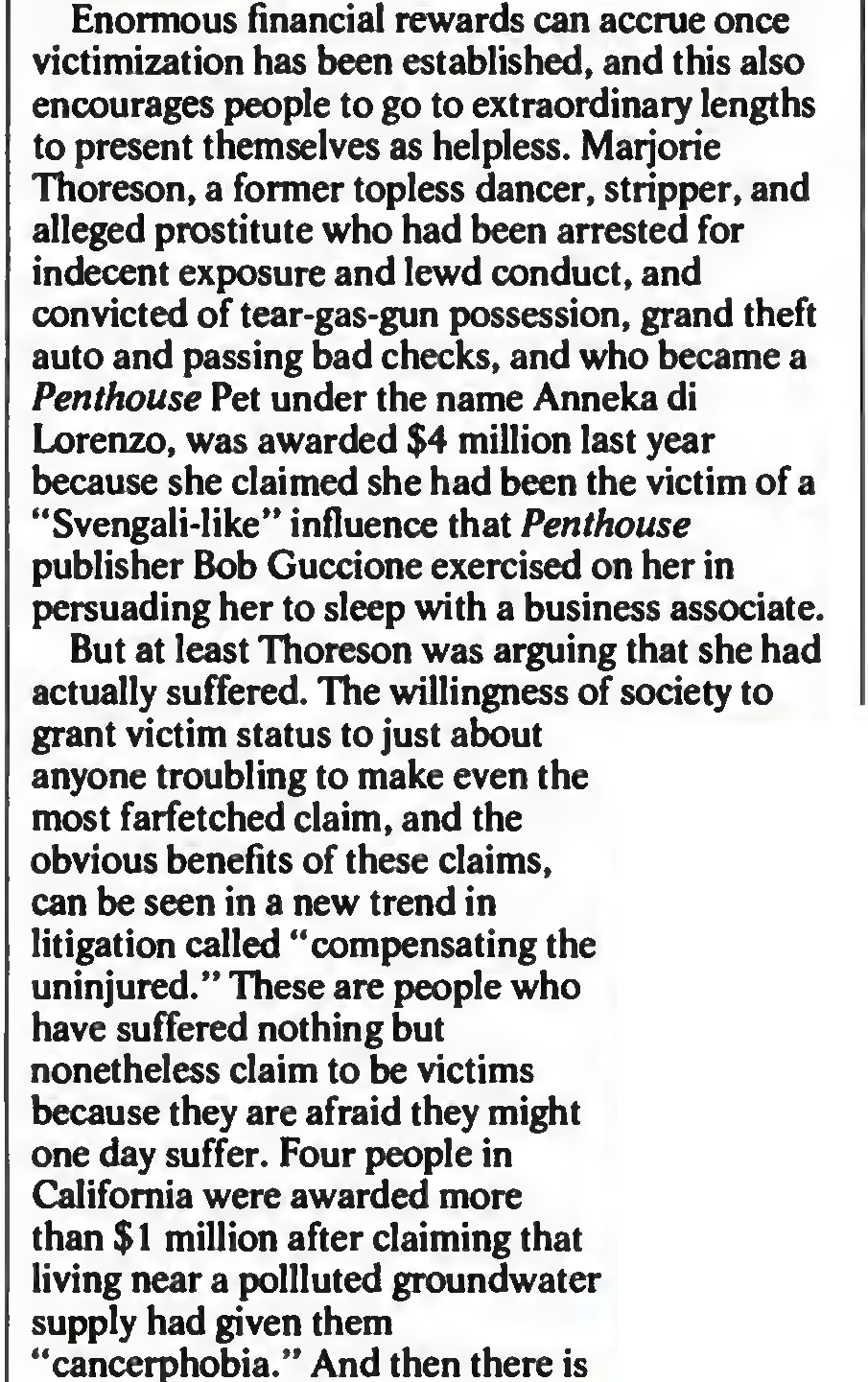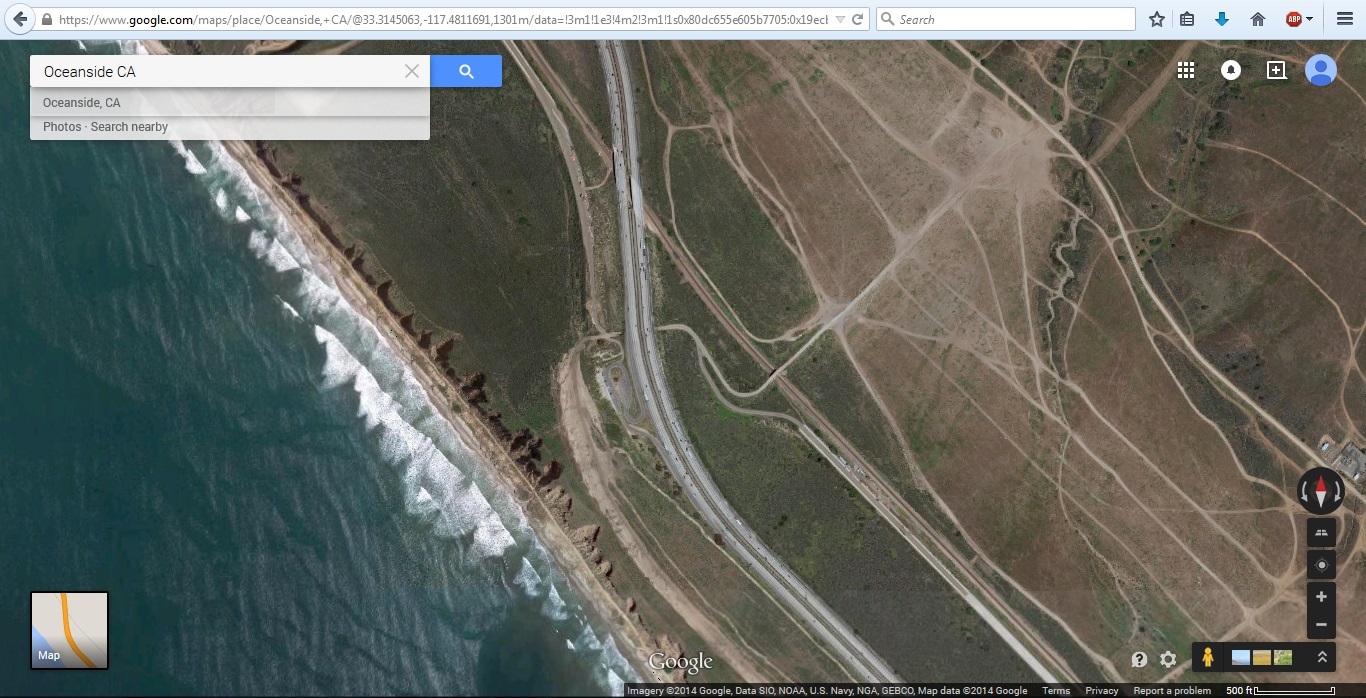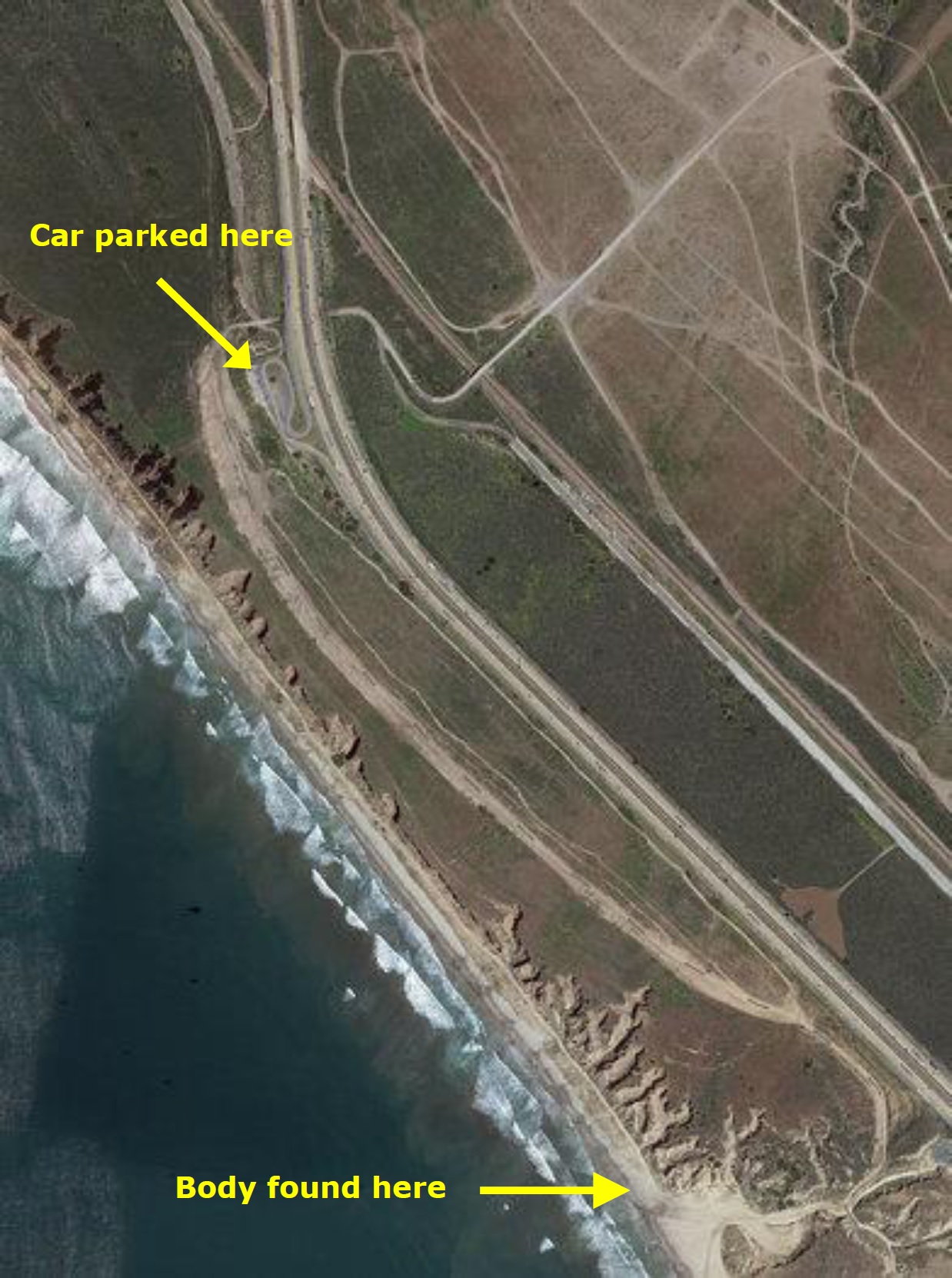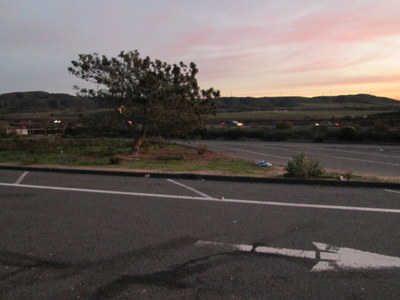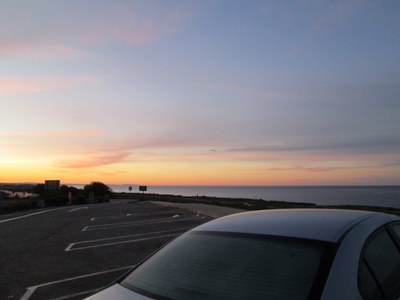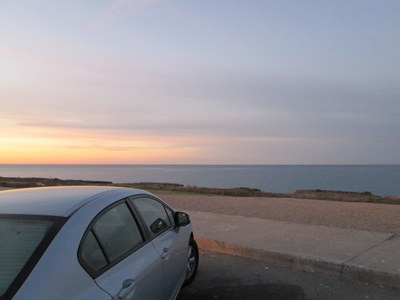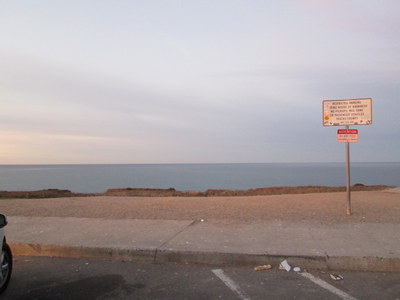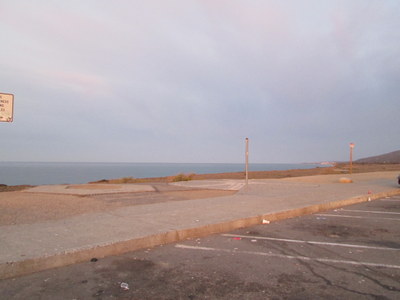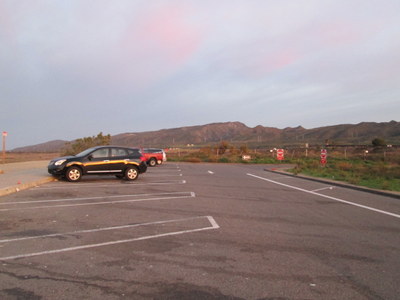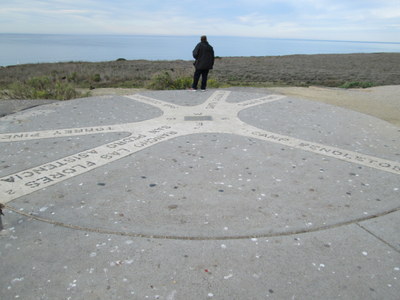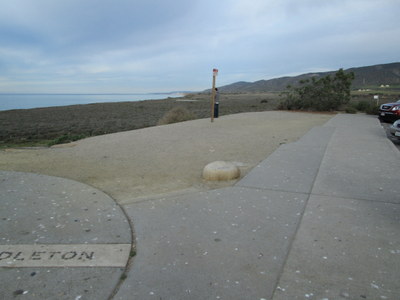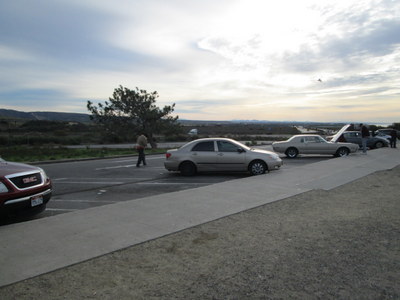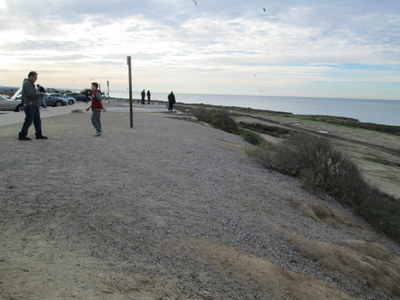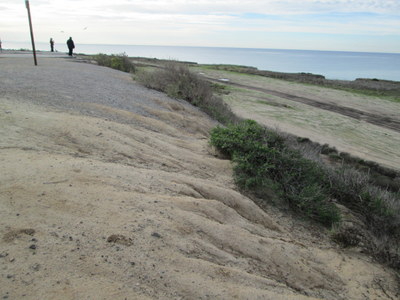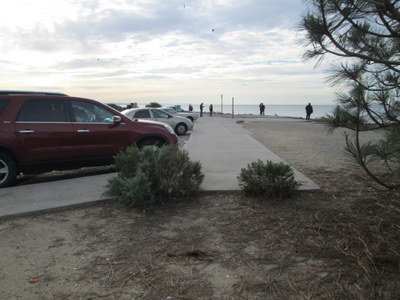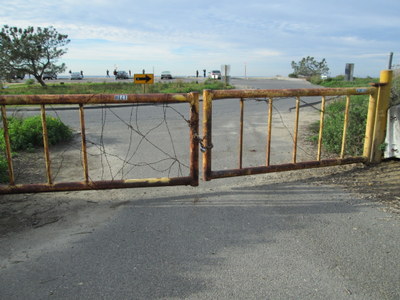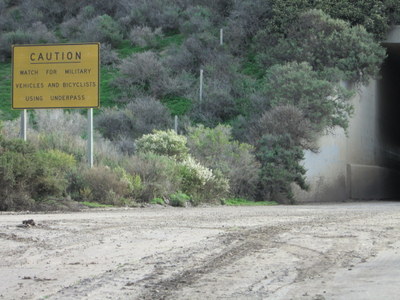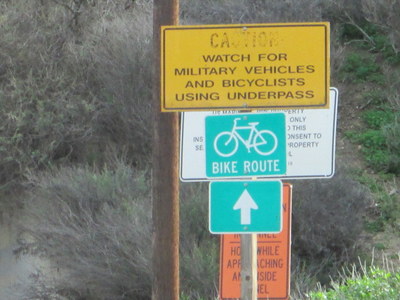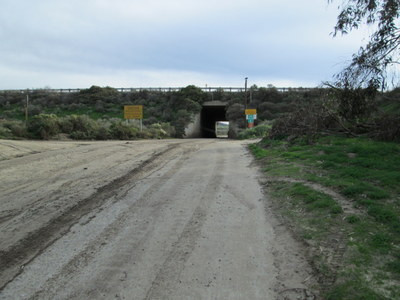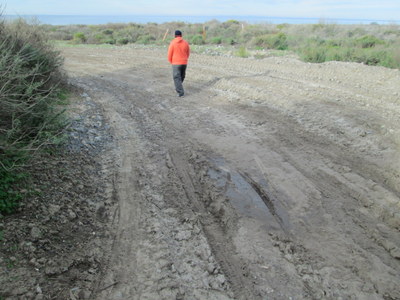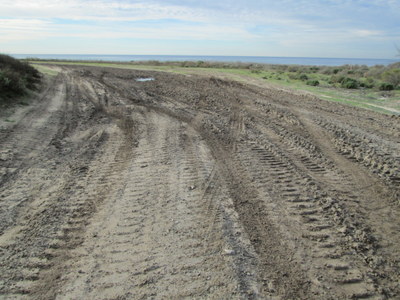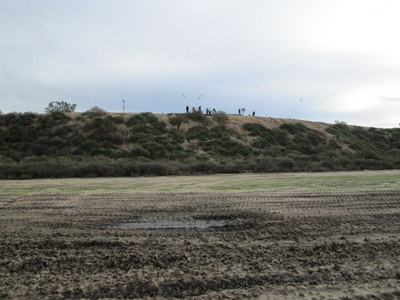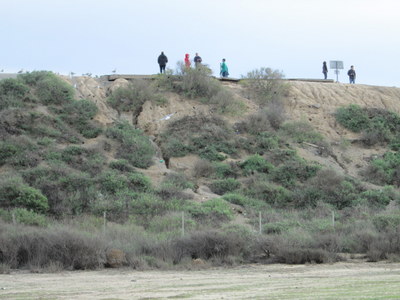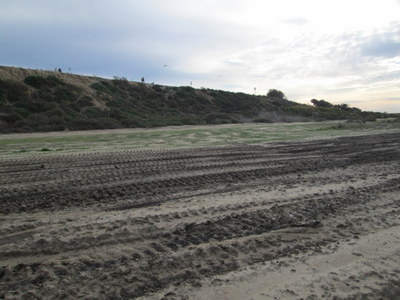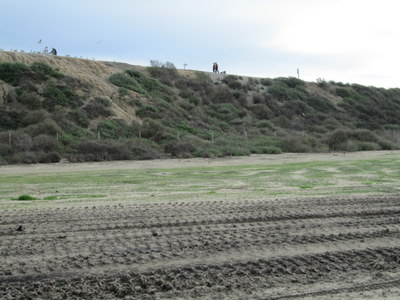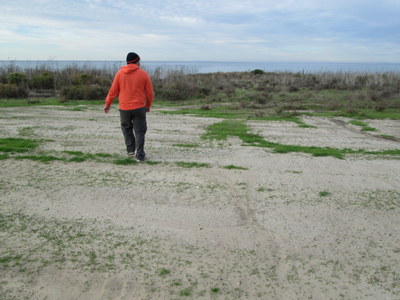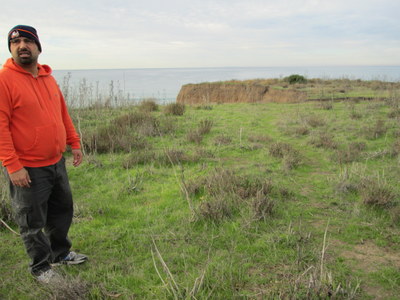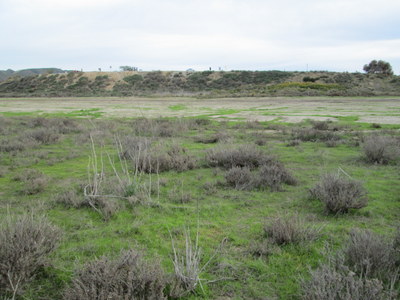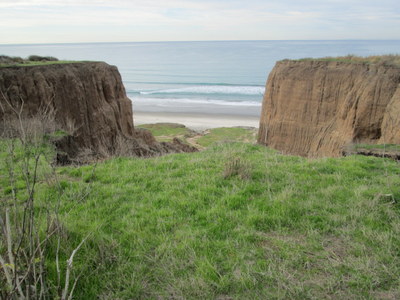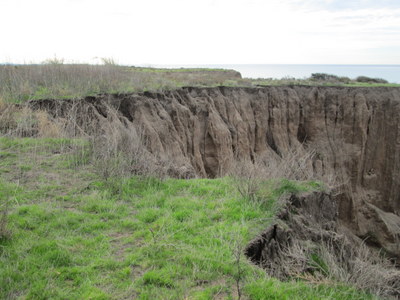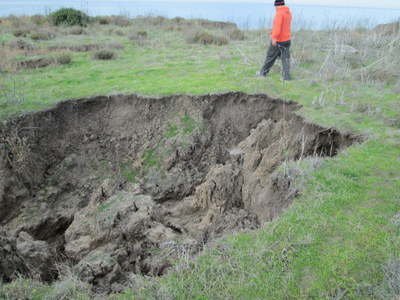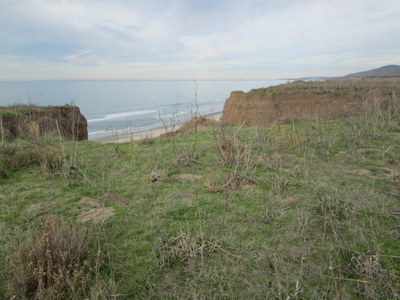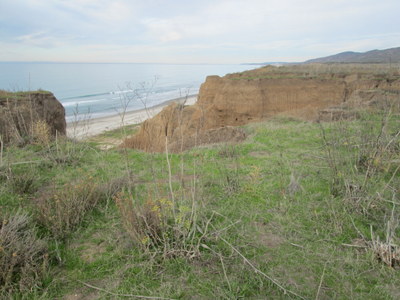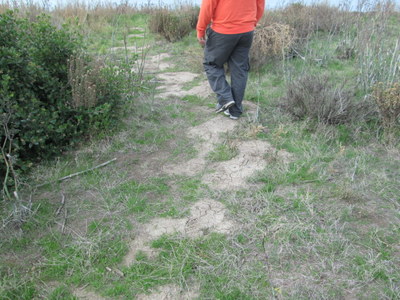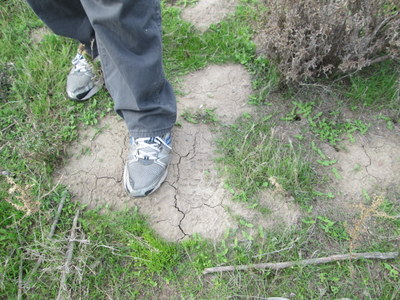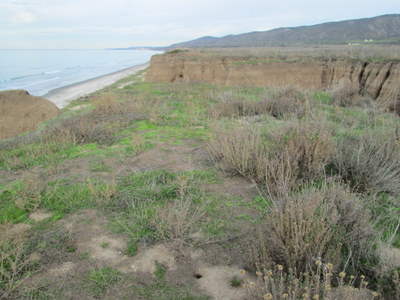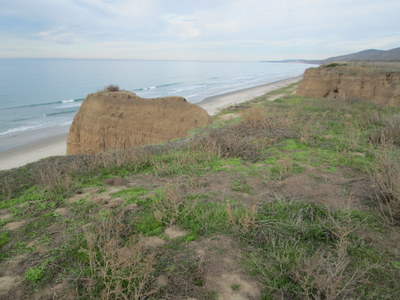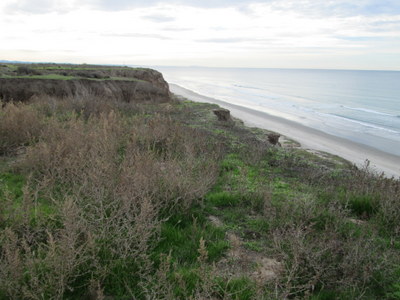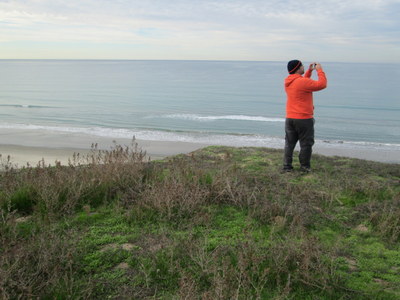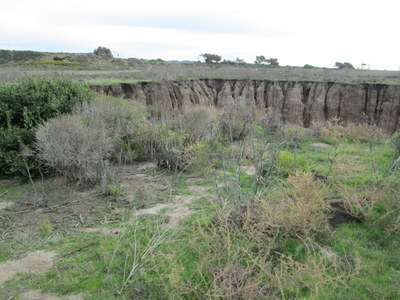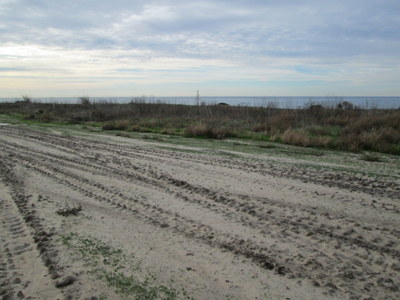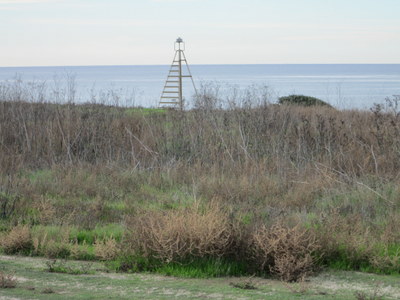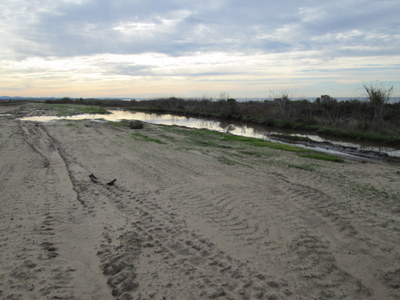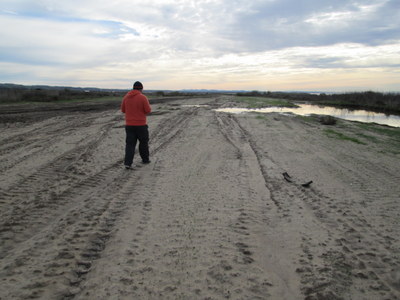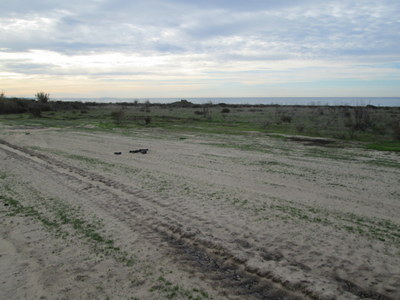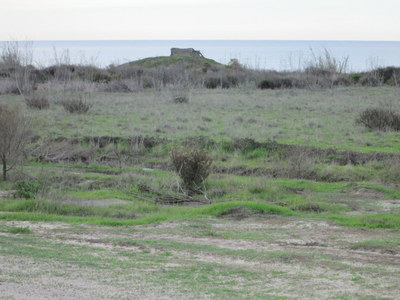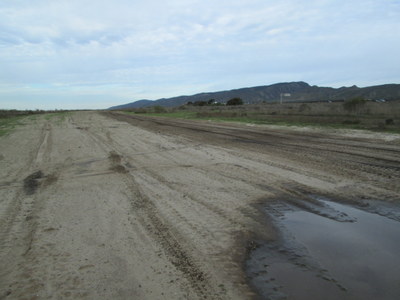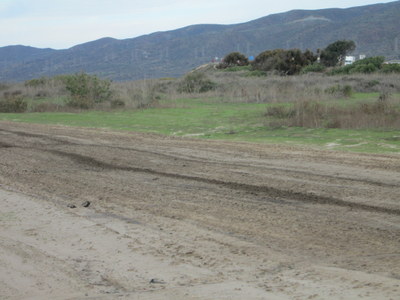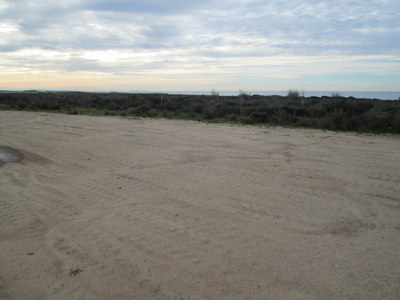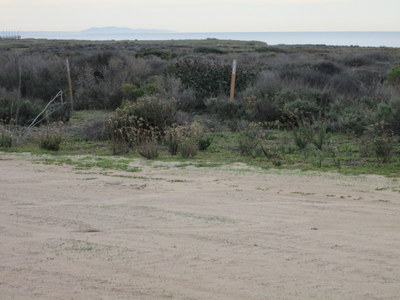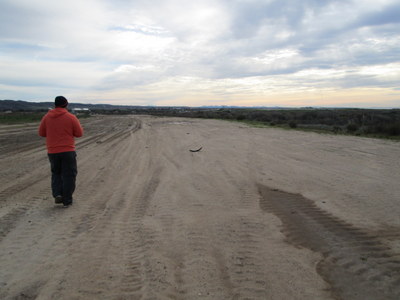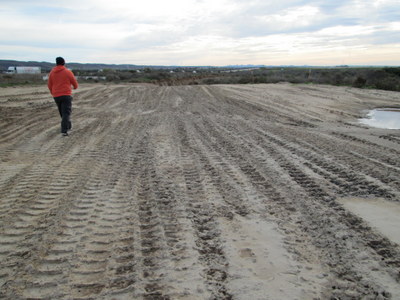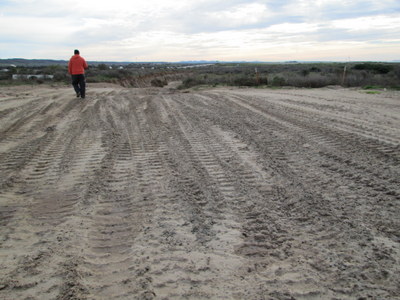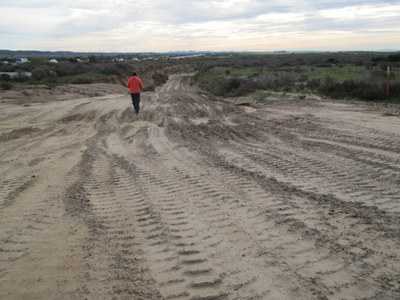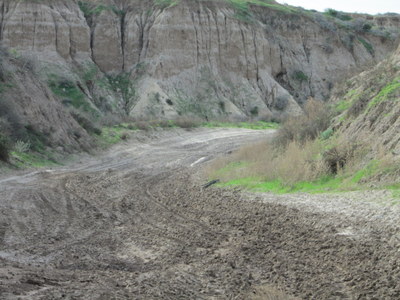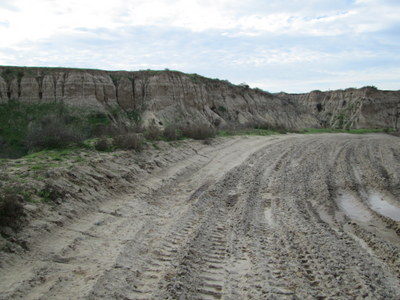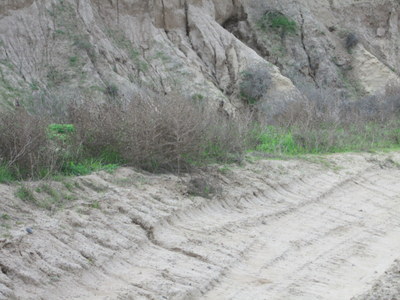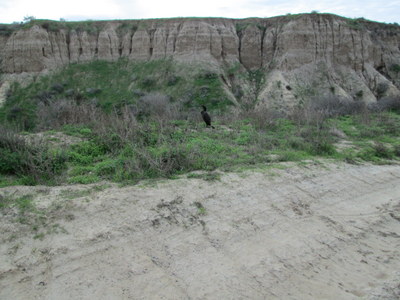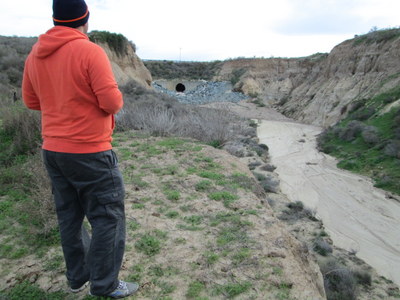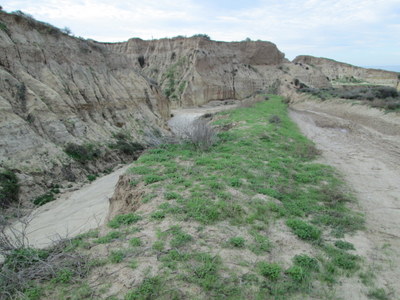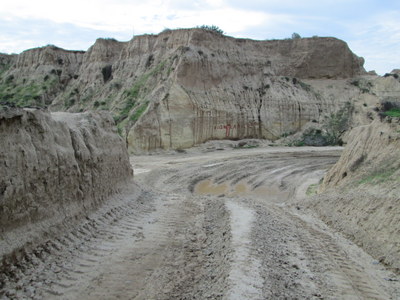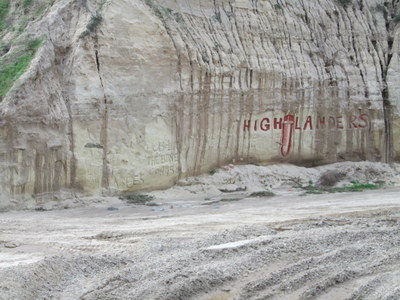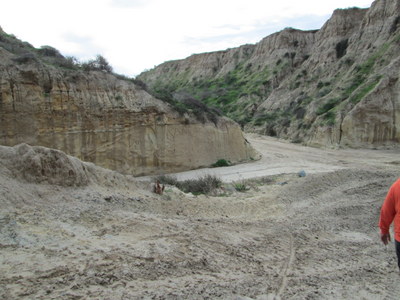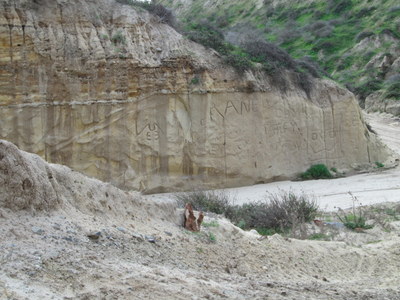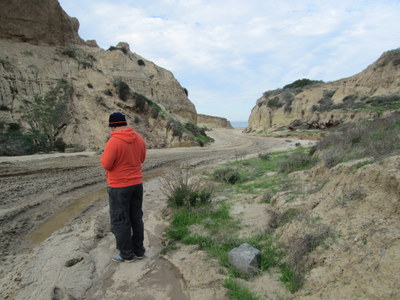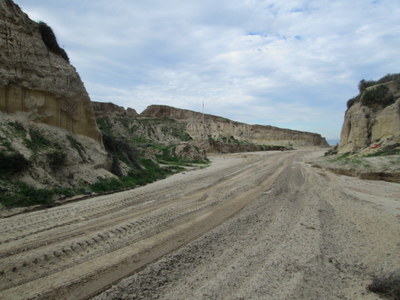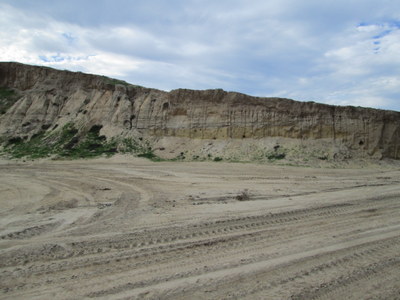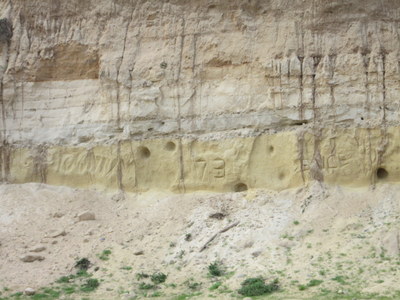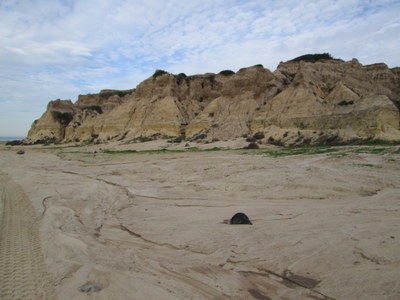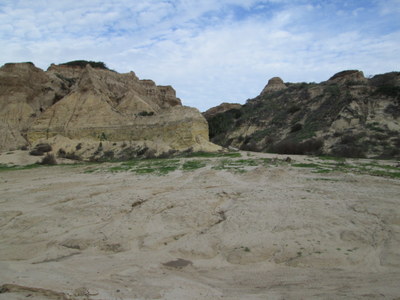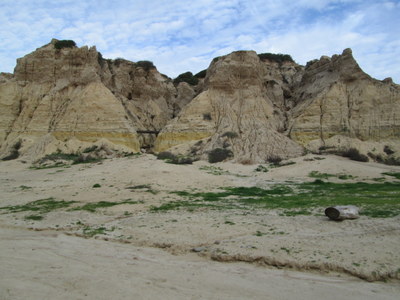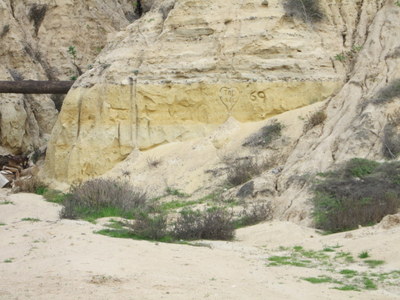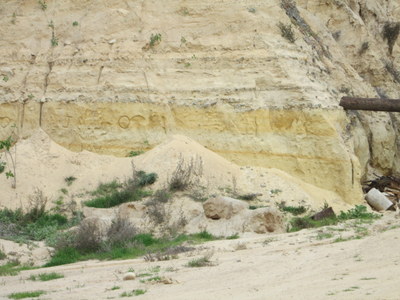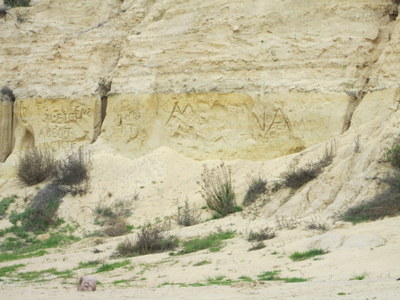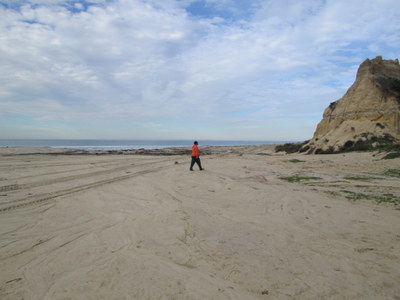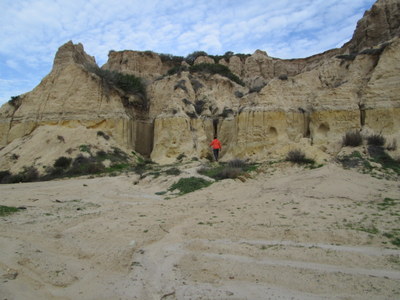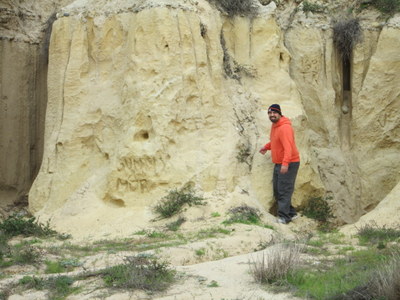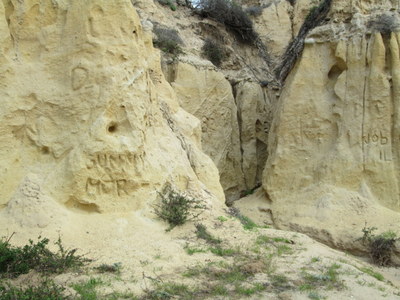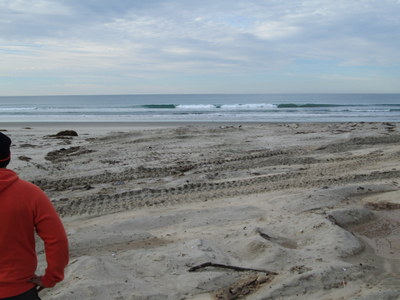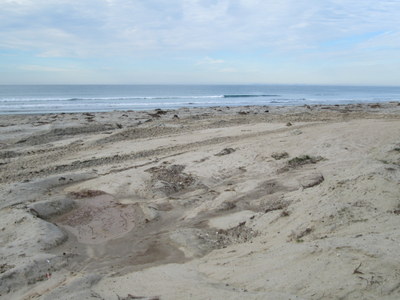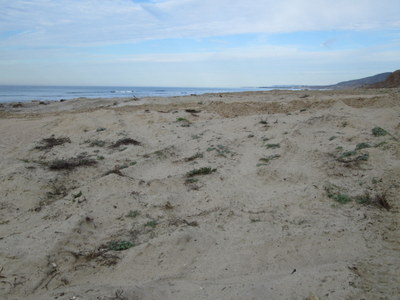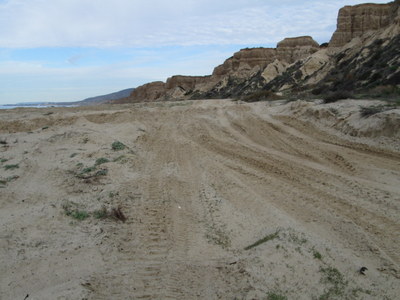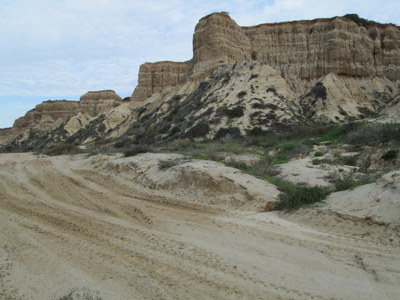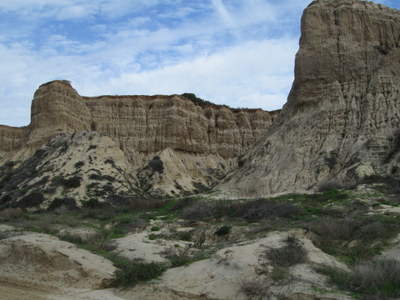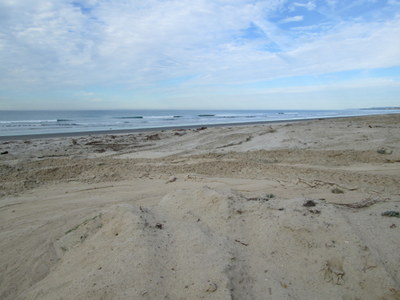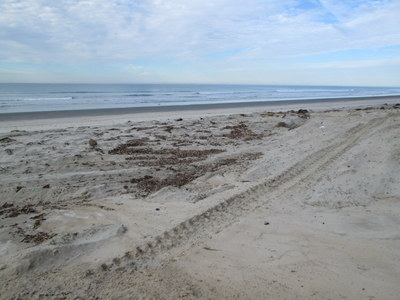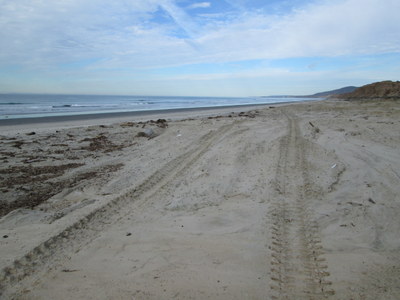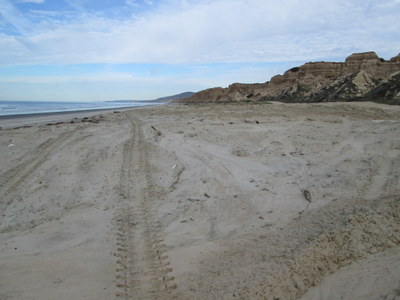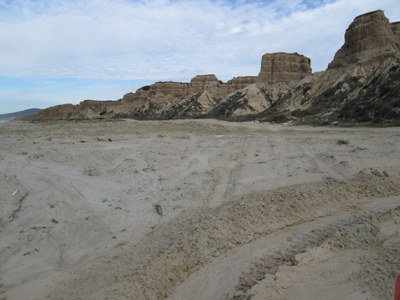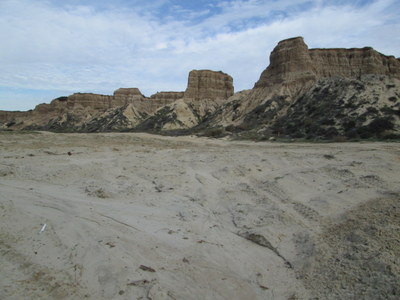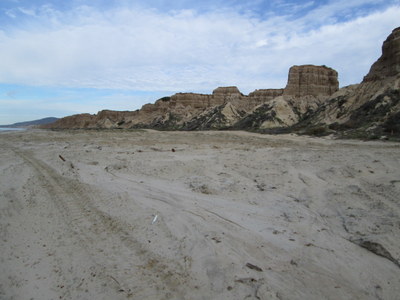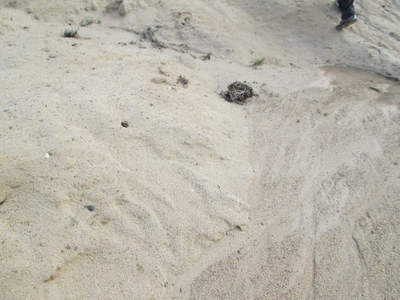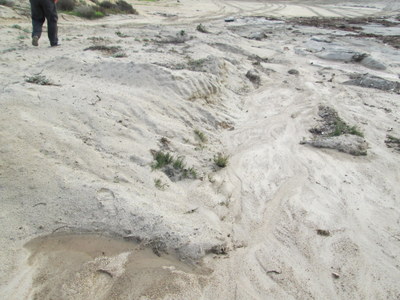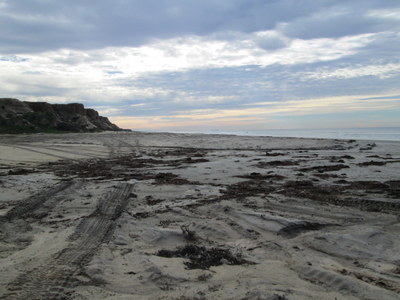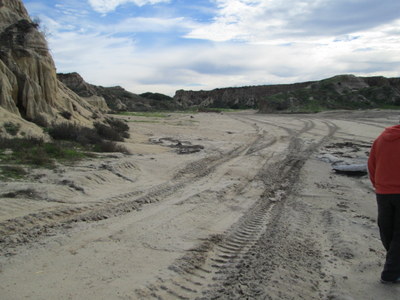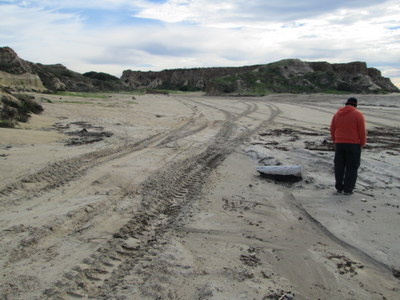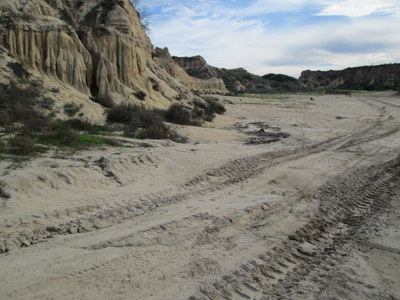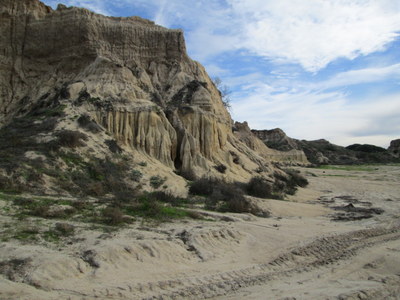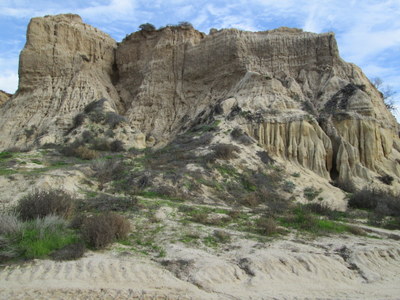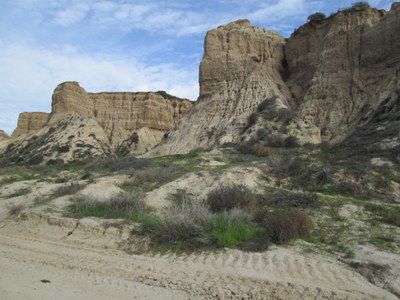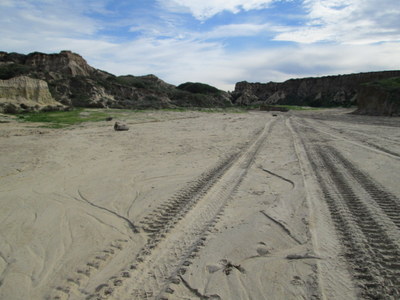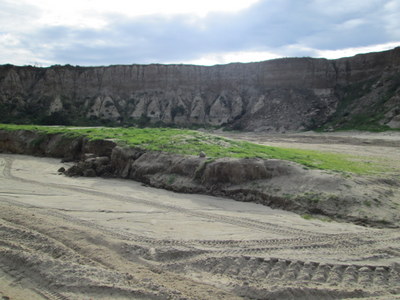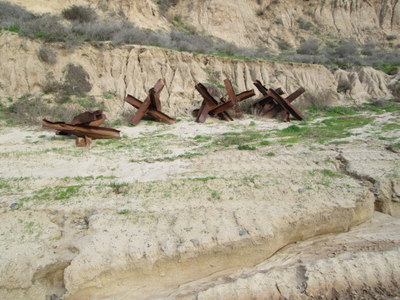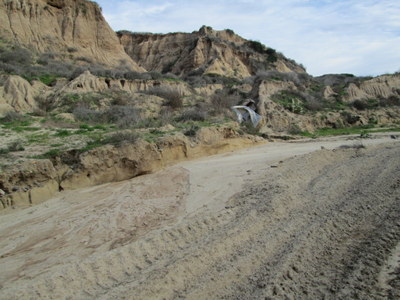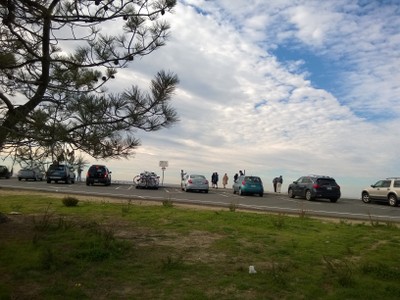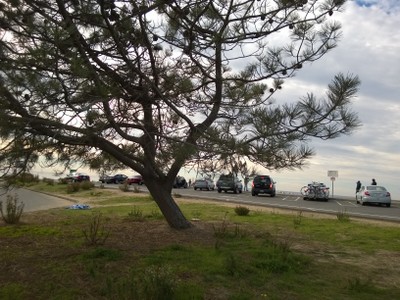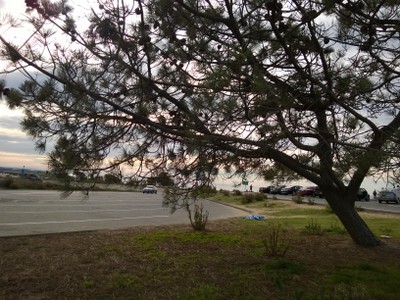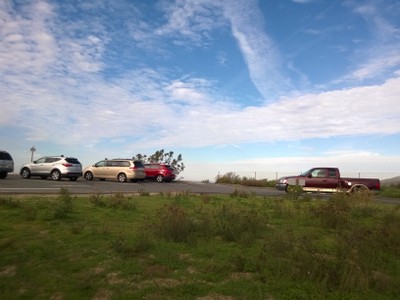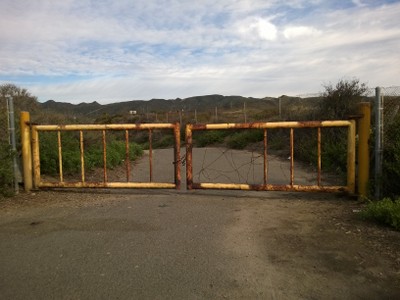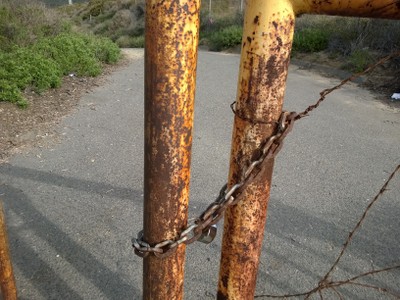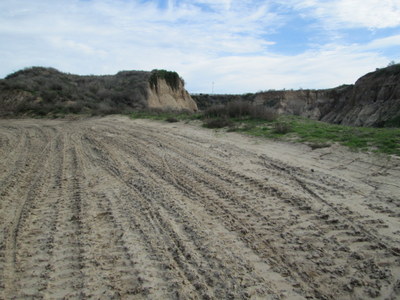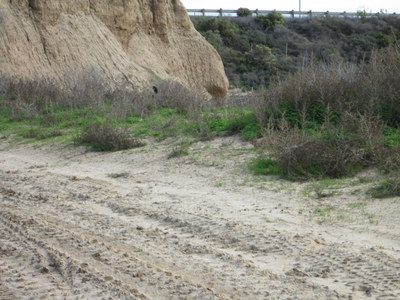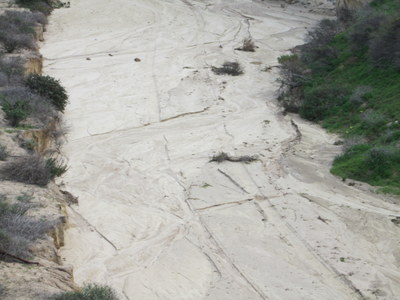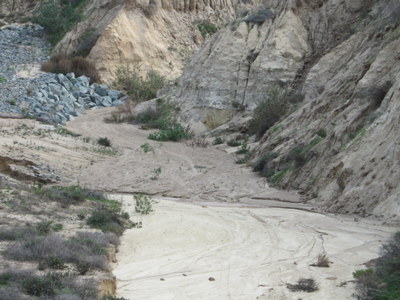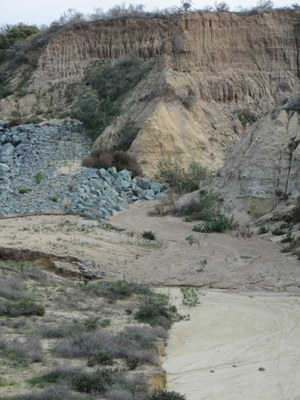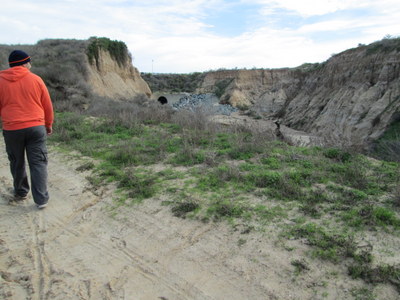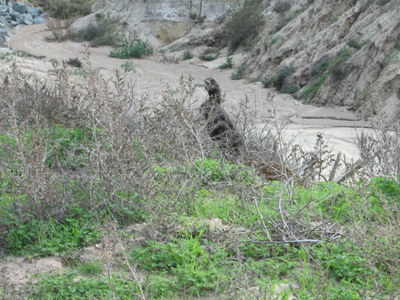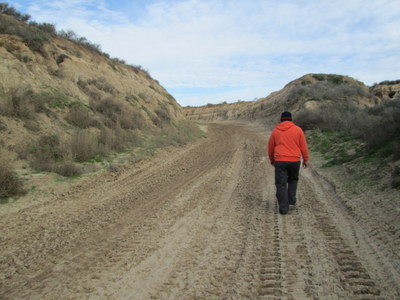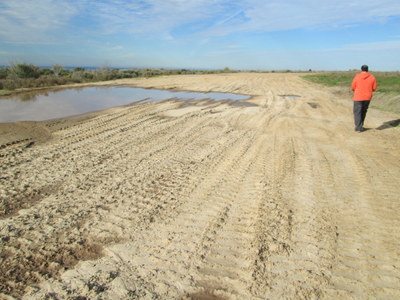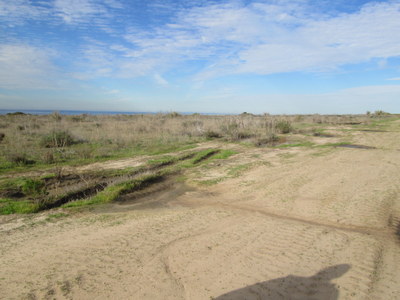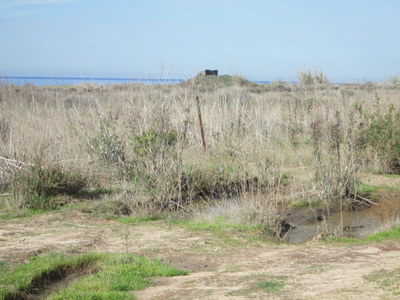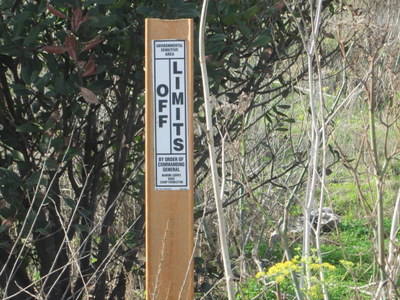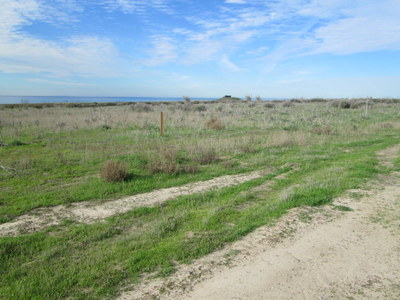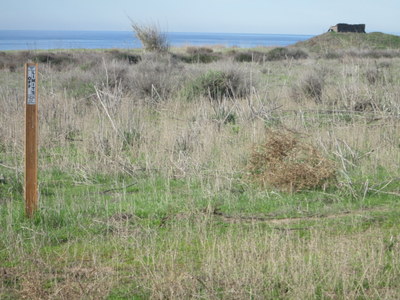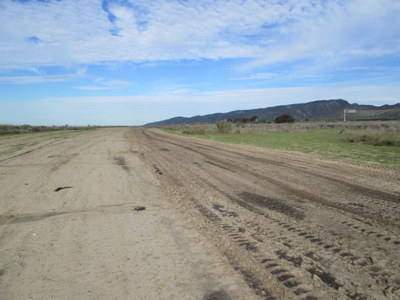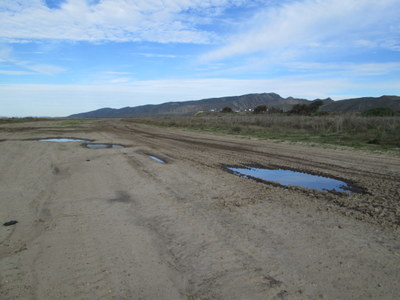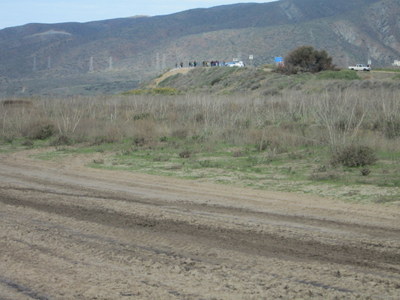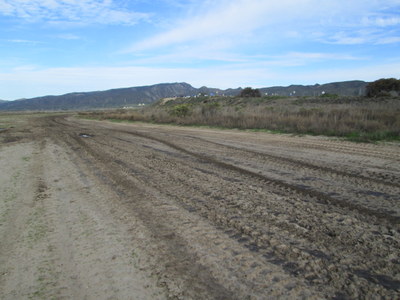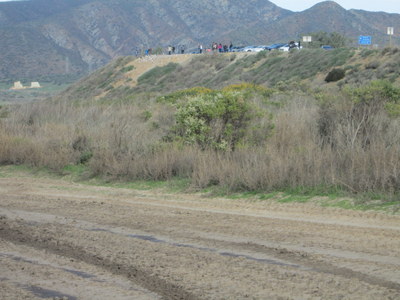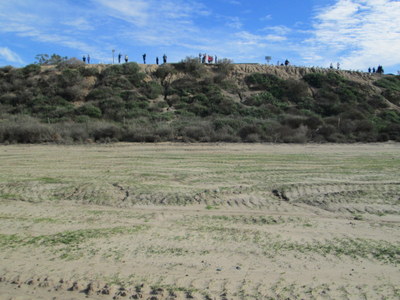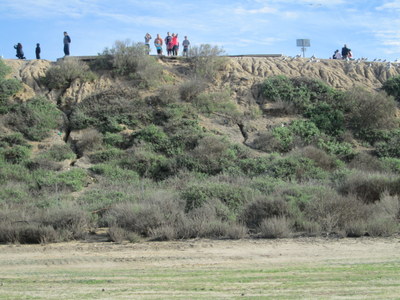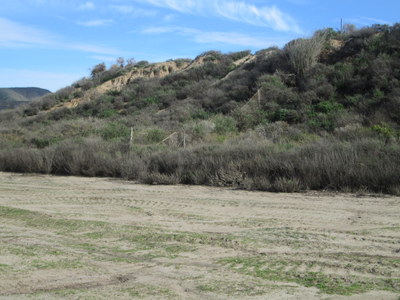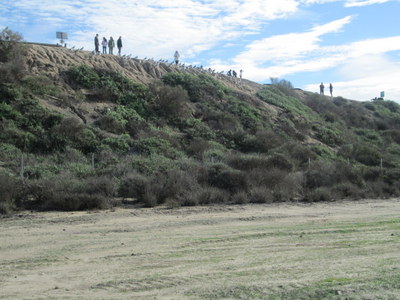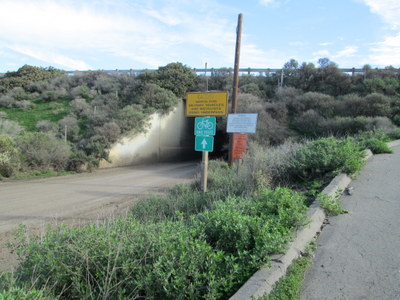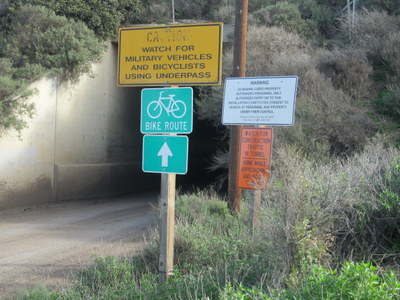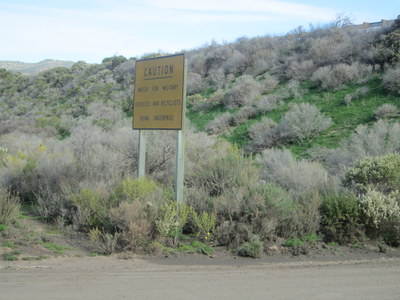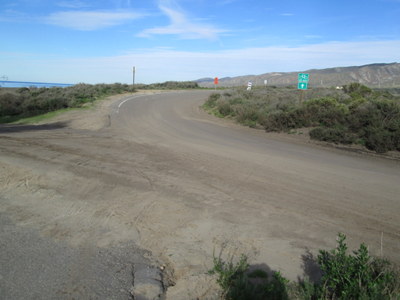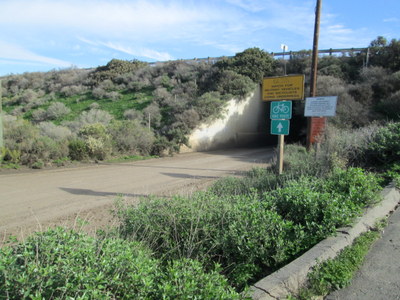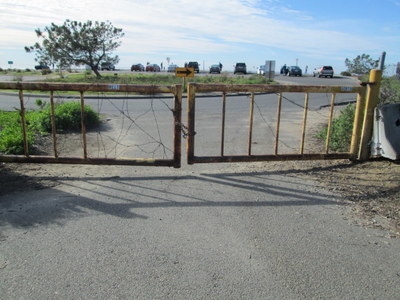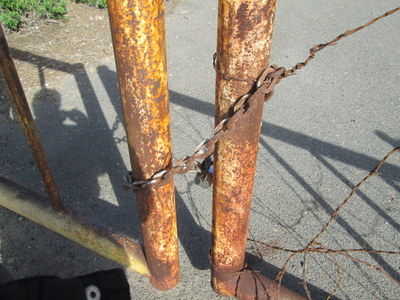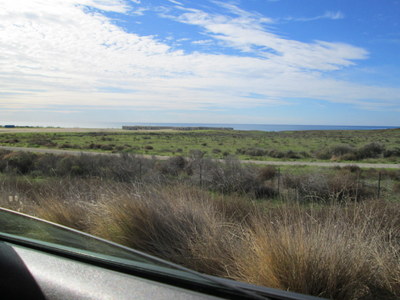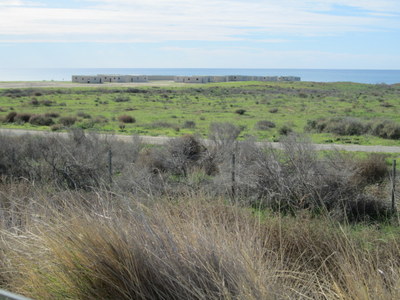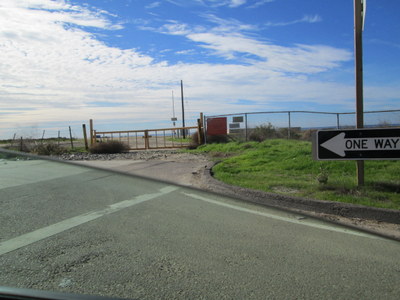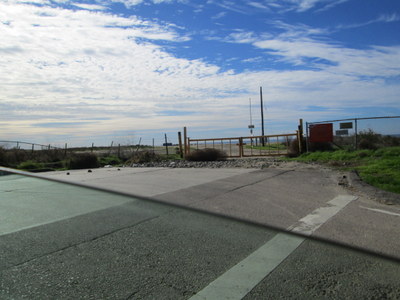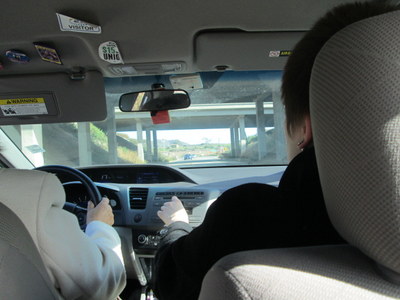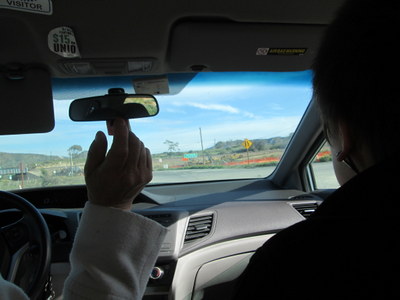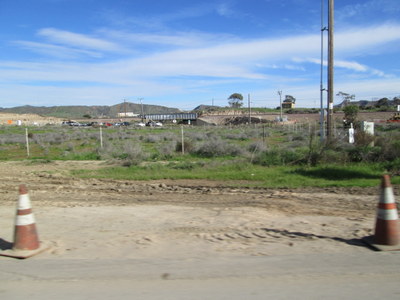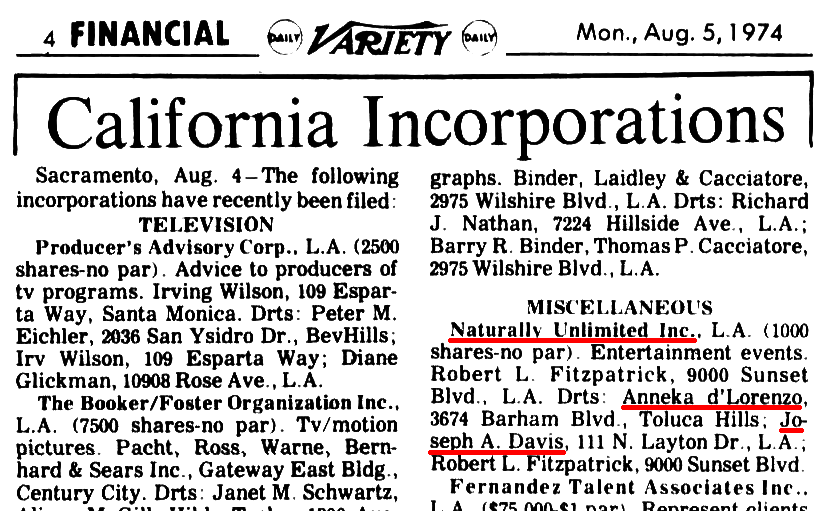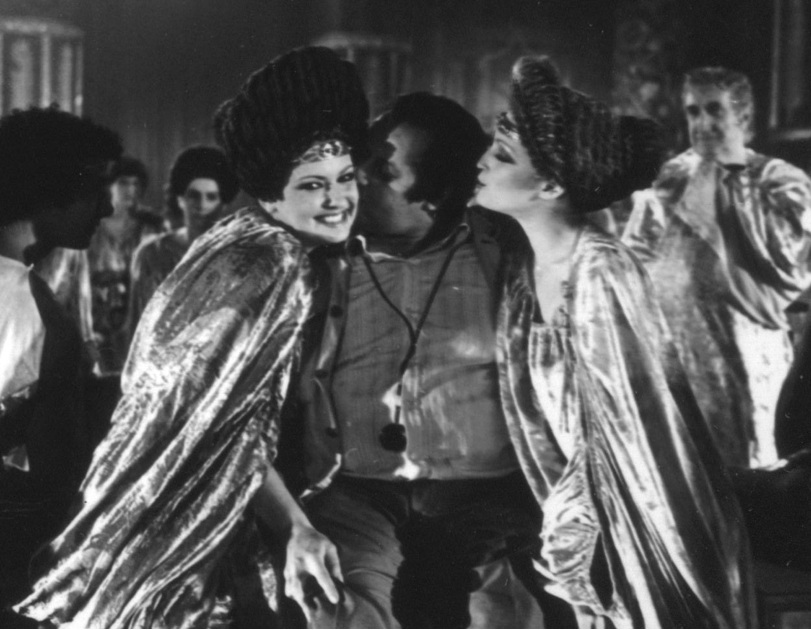WE LOST ANNEKA

Photo credit: Sy Presten Associates


IMPORTANT REVISION MADE ON SUNDAY, 16 JUNE 2019.
Two of my claims, too long posted on this web page, were absolutely untrue, and were absolutely defamatory.
I’m surprised that nobody sued me over them.
Did I make those claims up myself?
Certainly not!
I got them from the published record as well as from generally reliable unpublished sources.
Nonetheless, I learned that they were dead wrong.
Nobody ever called me on them.
I have better information now, and it is impossible to harmonize the earlier claims with this better information.
Those two claims are gone now, gone for good, and good riddance to them.
I offer my most heartfelt apologies to anyone who was harmed or offended by my previous statements.
Chances are that you’ve never heard of Anneka.
She and several other Penthouse models were added to the cast after the last minute by presenter
Bob Guccione.
Like the others, she was a bit player in Caligula who did not have so much as a word of dialogue.
Since she remained friends with Caligula producer Franco Rossellini,
I really wanted to chat with her.
Further, she knew a great deal of information that nobody else on the planet knew,
and that was further incentive for me to want to reach out and talk.
I tried repeatedly to contact her, but she was impossible to locate.
Any address or telephone number I found for her was defunct by the time I discovered it.
Then towards the end of 2011 there were two, and only two, news reports that Anneka had died.
(There were additional reports, yes, but they were all based upon a single source.)
The reports strongly suggest that Anneka took her own life
while in the midst of a massive bout of depression and paranoia and anxiety,
the result of her having gone off her medications, which exacerbated the emotional trauma.
If that is true, then it is as sad as sad can be.
Yet there is something terribly wrong with these reports.
A quick first reading seems to make some sort of sense,
but the more one reviews these reports, the less sense they make.
Further research reveals that these reports do not stand up to scrutiny.

UPI Photo, 15 February 1980
In her youth, Anneka was a naïf.
She had run away to escape a tumultuous home life,
and before she knew it she found herself working as an underaged stripper.
In desperation, she hooked up with the wrong crowd and was busted for various crimes —
and if I am to judge from the descriptions in the court transcripts,
most or all of those crimes were instigated by others, who stuck her name to them to protect themselves.
To prevent her parents from finding her, she operated under several pseudonyms:
Connie “T” Strodtman (sometimes misspelled as Connie Strattman),
Priscilla Louise Shutters, Susan Steinberg, Anneka Steinberg,
and maybe others too.
By 1971 she legally changed her name to Anneka de Lorenzo.
She took acting lessons from Charles E. Conrad,
she did work with the Children’s Theatre Company, and she appeared on stage in several plays, namely,
The Wall, Marquis de Sade, and A Midsummer Night’s Dream.
(I have no idea what those first two plays were. I suspect that she really meant
Madame de Sade,
but I don’t know. If you know, do tell. Thanks!)
She joined AFTRA (American Federation of Television & Radio Artists) in 1971 or 1972,
and she joined SAG (Screen Actors Guild) in late 1972 or the beginning of 1973.
She found an agent in Sue Goldin,
and she got some gigs in TV commercials and industrial films (no idea which ones, and I am dying to find them, whatever they were).
She did not tell her friends and neighbors about her acting jobs, and she certainly never let them know about her secret nighttime life as a nude dancer.
She told everybody, though, about her four beauty contests.
By 1972 or 1973, she won some small parts in some cheap exploitation movies,
namely, Mama’s Dirty Girls, The Centerfold Girls, and Act of Vengeance.
These would not be released until 1974.
Then, in late 1973, her agent got her a small speaking part in a legit movie, The Star of India, which was shot in January 1974
and released in mid-1975 under two different titles, Live a Little, Steal a Lot and Murph the Surf.
I didn’t recognize her in the DVD version, and so maybe her part was deleted?
Does anybody know?

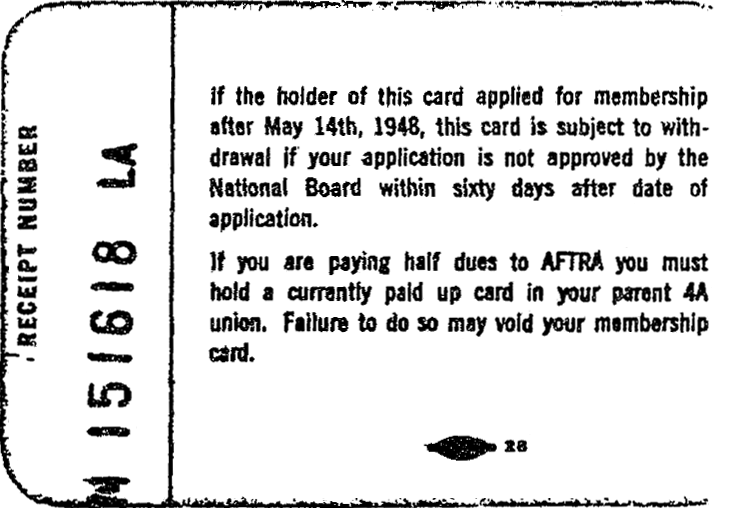

On Thursday, 8 March 1973, Anneka happened to see Bob Guccione interviewed by Merv Griffin on television, and she was smitten.
She was impressed by his purported respect for women,
and she immediately sent a letter to him and visited the Penthouse office on Sunset Boulevard in Hollywood to have some test shots taken.
Guccione rejected her photos, but she persisted, in the hopes that nude photos in Penthouse magazine
would land her fame and fortune and better parts in movies.
Instead, her life slowly evolved into a living nightmare.
She signed the worst contract I have ever seen,
in which she assigned herself to the corporation, giving Penthouse exclusive control over her career and over the management of her money.
Predictably, the money was not there when she looked to collect it.
Penthouse swindled her repeatedly and, towards the end, pimped her repeatedly.
Why did she not up and leave?
That’s a complicated issue, as I can attest, having myself worked for a boss who was almost a replica of Guccione,
at a business with in-office behavior hardly distinguishable from Penthouse’s office behavior.
You see, the abuse is coupled with praises, warmth, kindnesses, encouragement, rewards, recognitions, love bombing, and even small raises in salary.
The employer, in those warm conversations over dinner, takes a tremendous interest in the new employee, and learns the employee’s dreams.
With that knowledge in the arsenal, the employer can then pretend to make those dreams come true.
In Anneka’s case, her dream was acting, and so when Franco Rossellini arranged to have her cast as the lead in a cheap and disgraceful B-movie
called Messalina, Messalina, a dud that won no respect from any quarter, Guccione could take credit for having engineered that.
(“See? We gave you what you wanted. We made your dream come true,” I can just hear, in my imagination, the PH execs explaining to her.)
The abuse is also coupled with an immense workload that leaves time for nothing else, not even a personal life.
In Anneka’s case, she was perpetually on the go with countless promotional shows and displays,
on performing tours day and night, interviews hither, thither, and yon.
There was not a moment left for her private life.
It all seemed like some sort of a fame, but it was not.
It was just busy-work, make-work, with the illusion that it was all for the good.
So, if Sue Goldin had found any more acting gigs for Anneka (she probably did), that is surely why Anneka had to forego them.
Further, there is manipulation, as the boss explains away the abuse in multiple tricky ways, by twisting of the facts,
glued to the standard “We need you” and “You owe us because [insert string of reasons here].”
In Anneka’s case, the string of reasons surely consisted of:
You are on salary for life if you want to be;
we hired writers to give you comedy material for your USO tours;
we gave you name recognition;
we keep sending you all over the world to do promotions;
we got you interviewed on radio and TV talk shows;
we got you onto The Sonny & Cher Comedy Hour;
we got you a major rôle in a movie; and so on and so on and so on.
It was a list of reasons would lead any judge or jury to accept that the boss had always acted in good faith,
but it was a list of reasons that, in the end, meant less than nothing.
A judge or jury would never understand why it meant so little to Anneka, or to the countless others like her.
Allow me to explain.
Anneka at first was thrilled to get some pointless gifts,
but she slowly came to realize that the endless streams of gifts were only hindering her, not helping.
She wasn’t looking for pointless gifts that provided no satisfaction and no development.
She was looking for opportunities to live a fulfilling life.
There is a difference between appearing in a demanding play on the one hand, and appearing as momentary background decoration on Sonny & Cher on the other hand.
There is a difference between coming up with one’s own routines the hard way on the one hand, and performing rotten comedy material, all supplied by the employer, on the other hand.
There is a difference between name recognition as an accomplished professional on the one hand, and minor recognition as a centerfold on the other hand.
There is a difference between working one’s way up to being cast in a respectable rôle on the one hand, and being unceremoniously dumped into a pathetic B-movie on the other hand.
There is a difference between doing something original from the heart on the one hand, and doing promotions for the boss, while dressed in an insultingly ridiculous costume, on the other hand.
There is a difference between earning your own way in the world on the one hand, and on being on salary for life, just so that you’ll never speak out against your boss, on the other hand.
What’s more, all those gifts came with a catch:
Have sex with the boss whenever he feels like it.
Surprisingly, she managed to leave Penthouse for a year.
She resigned to live with a boyfriend in Florida, and when they broke up, she found another.
What happened, I do not know, but at the end of the year, she had nobody to turn to but Penthouse,
and so she was back, and this time she received treatment that was far more egregious than before.
Once she returned, there was an additional catch:
Have sex with the boss’s business associates whenever he demands it.
It was a most ugly catch, a catch that anyone would find degrading.
I should also mention (from my own experience), that once one has worked for such a disreputable company, one becomes pretty much unemployable anywhere else,
because other employers know the company’s reputation, and do not wish even to appear to be associated with it in any way whatsoever.
Also, I should point out that if, perchance, a potential new employer is not familiar with the reputation,
that new employer will surely call the applicant’s previous employer for a recommendation.
Well, guess what.
A job such as Anneka’s is a trap.
People who have never been entrapped in such a job don’t seem to understand.
“Well, she could just leave, couldn’t she?
Nobody’s holding a gun to her head, right?”
True, but leave to go where? To do what?
Could someone in that position turn to friends for help?
No, because the job took up so much time and energy that there was no time maintain old friendships,
and no time to find new friends outside of work.
The old friendships, in the meantime, have become distant, or have even whithered away and died.
As for the new friends, they’re all fellow employees who would never dare to help, because they would be terminated for doing so.
To resign is to be broke, to be without prospects, to be unhireable, and to be homeless.
See? It’s a trap.
After more than six years of mistreatment, Anneka finally realized that she was not among friends.
In 1979, in a small act of defiance, she took one more blink-and-you-miss-it walk-on acting gig,
courtesy (probably) of Sue Goldin, in a movie called Dressed to Kill.
Then, once Caligula was belatedly released in February 1980, nobody wanted to cast her anymore.
Producers and casting directors wanted real actors, not sex performers.
That had been Anneka’s fear from the first time Guccione assigned her to those “additional scenes” in Caligula,
but the smooth-talking boss allayed all her fears.
She was right to have been worried, and now her fear came true.
Can you understand why a court later ruled that Penthouse had done all in its power to build a viable acting career for Anneka?
I can’t understand either, though the ruling was completely predictable.
That is how courts rule, and that’s that.
If this job sounds to you like a cult, that’s because it is.
Unlike religious cults, political cults, or sales cults,
the corporate cult
does not seek to find ever more recruits to spread the word around the world.
No, this type of cult is limited to staff, whose lives are directly controlled while on the clock, and indirectly controlled when off the clock.
The love bombing alternates with the boss’s substantial outbursts of anger,
and employees quickly learn how to avoid the boss’s substantial outbursts of anger by placating him.
Employees are compromised to prevent them from ever speaking out, and they develop a herd mentality, informing on dissenters.
The office is an environment of fear (and sometimes backstabbing and plotting), despite its initial impression of joyous camaraderie.
The love bombing
is terribly confusing to anyone who is on the receiving end of it.
Employees either embrace the corporate cult or they become outcasts, devoid of all credibility, left to fend for themselves.
A dismissal from a normal job is a dismissal.
A dismissal from a corporate cult is an excommunication.
The cult office will recommend (confidentially and off the record) that potential new employers avoid the trouble-making dissenter.
Yes, I’ve been there, and, at the end, I was an outcast left to fend for myself, and that was brutal for the better part of the following year.
And heck, all I had wanted was a simple office job with a paycheck.
I had not been expecting the extra baggage, the corruption, the illegal activities, the manipulation, the unpaid overtime.
I’m certain Anneka had not expected that either.
So, yes, I sympathize with Anneka.
I more than sympathize with her.
At last, Anneka worked up the courage to refuse her next batch of high-class business clients.
Her insubordination led to her instant dismissal on 10 September 1980.
She had no savings, no benefits, and, at first,
no unemployment income, because Penthouse insisted that she had not been fired, but had resigned.
Predictably, she found herself unemployable for the next several years.
She sued for damages and won $4,060,000 in compensation for having been treated as a slave.
Penthouse appealed the verdict, and succeeded in having $4,000,000 of that total vacated.
New York magazine ran some appalling so-called reporting:
Anneka would have done much better to stay in Los Ángeles where she could have gotten more gigs from Sue Goldin
and done more work on stage, developed a reputation, and then gotten a respectable day job.
After years of being adrift, she did eventually get the respectable day job, but she could never return to theatre.
That door was closed forever.
After her traumatic experiences with the world of Penthouse,
Anneka started life afresh, away from the limelight.
Since she was away from the limelight, it’s really difficult to trace her life.
I know that she somehow got work in a computer shop for a while
and I also know that she landed jobs as a cocktail waitress at a casino in the San Fernando Valley among other places (was Gardena one of those other places?
would that have been the Normandie?).
She maintained her membership in the
Screen Actors Guild, apparently hoping for gigs that never materialized.
I have also been able to determine that
Sundance Capital filed a $4,393 lien against her in the Los Ángeles Municipal Court in August 1993.
That would would appear to indicate that her casino earnings were slim and unable to support her rent.
She enrolled at the White Lotus Foundation in Santa Bárbara and earned
a yoga-instructor’s certificate in 1995.
She opened a branch of a franchise called
The Forever Young Experience, Inc.,
in November 2000 in Ocala, Florida, together with her fiancé
Philip Felice Vasta, Jr. (b. 31 August 1929).
She and Vasta married on 21 June 2001 in Marion County, Florida. Her branch of Forever Young was
dissolved in October 2002.
In 2005 she sold a house in the San Fernando Valley at a handsome profit
and I assume that it was the proceeds from that sale that allowed her to found
The Anneka Thoreson Yoga and Wellness Corporation in Palm Beach, Florida
(incorporated 2006,
dissolved in September 2007).
By 2009 her marriage was on the rocks.
She lost her Palm Beach house in a foreclosure.
The San Diego Union-Tribune wrongly reported that Anneka was a Nursing Assistant,
a position that at the time paid a modest but barely livable income of about $30,000/year.
Fox News, on the other hand, reported that Anneka was a Certified Nursing Assistant.
(A nurse friend tells me that her Certified Nursing Assistant days were torture. The CNA’s were burdened with all the worst duties.)
Intrigued by this information, I went to Indeed.com
to learn that the average salary was $96,000/year.
That was probably an error, since that same web site now lists the average salary as $42,000/year,
which would be a splendid salary in most of the country, but a rather low salary in Southern California, where all prices are inflated.
Further research reveals that Fox’s claim is correct.
Anneka did receive a license as a Certified Nursing Assistant, though I have not been able to determine when.
How did she managed to obtain this CNA license?
It is probably not available to those with criminal backgrounds.
Then we need to remember that Bob Guccione had done her a favor, though for his own benefit rather than Anneka’s:
Back in 1973, he had assigned his lawyers to expunge her criminal past.
That does not mean that every reference to her background was destroyed. Not at all.
That means merely that a basic background check most likely would not reveal the criminal records.
To discover those would require considerably more research — terribly arduous research.
(Then, years later, when he got mad at her, he exhibited those records in court, making them public again.)
In the 2000’s Anneka worked at an alternative-physical-therapy clinic in Van Nuys,
not far from her sister Susan’s residence in Sherman Oaks.
(I have yet to identify this clinic. Help?)
Among the clients of this clinic were returning soldiers suffering from extreme PTSD.
In about 2009 Anneka and Philip Vasta divorced, and at about the same time Anneka lost her job at the clinic.
I think the clinic closed not long afterwards.
According to the sparse records I was able to turn up, Anneka’s Certified Nursing Assistant license expired on the last day of 2009.
Apparently she had not renewed it.
It may or may not have been her divorce proceedings that prevented her from renewing her license. I don’t know.
The expiration of her license may well be the explanation for her loss of employment.
Note that the news reports did not flat-out say that she was unemployed.
The San Diego Union-Tribune chose its phrasing carefully: “Divorced and in and out of jobs....”
That wording strongly implies that she was searching for new employment.
Anneka died on 2 January 2011 on the grounds of a Marine Corps facility.
This was mysteriously kept out of the news for more than nine months.
Military-beat reporter Jeanette Steele broke the story in
“Ex-Centerfold
Model’s Death Stumps Naval Cops,”
The San Diego Union-Tribune, which was posted online on Saturday, 22 October 2011.
I presume this was printed in the following day’s paper.
Steele’s story was syndicated and picked up by countless news outlets.
To the best of my knowledge, only three of these pickups added any information.
First, we have Laurie Whitwell,
“Police Baffled by Mystery Death of Caligula Actress Found Naked and Washed up on Beach with Broken Beck,”
The Daily Mail, Tuesday, 25 October 2011.
This was a rewrite of Steele’s article, abridged, but it included some added background in a sidebar.
Another outlet similarly picked up Steele’s story, rewrote it, and enhanced it; that was Julia Greenberg,
“Police Seek Help on Death of Former ‘Penthouse’ Model Anneka Vasta,” International Business Times,
Thursday, 27 October 2011. Ominously, this article was not in the News section, but in the “Media & Culture: Entertainment” section.
Lastly, we have Tony Perry,
“Bloody Knife in Car of Ex-Penthouse Model Found Dead on Beach,”
The Los Ángeles Times, Monday, 31 October 2011.
Perry rewrote Steele’s story and included some information not in the original publication.
My guess is that this extra information was in the teletype, though it had been deleted from the The San Diego Union-Tribune to save space.
Those are the only four primary print sources I have found.
Please read them all before continuing.
Pay close attention to everything.
The news media, now derisively labeled “MSM,” manage to convey accurate information —
but that accurate information is invisible unless you have learned how to see through the camouflage.
Contradictions, scrambled narratives, jumps in the stories, fractional quotes,
commentary disguised as bridges, and, most tellingly, clumsy editing that accidentally preserves clues,
are what we need to observe.
In addition to the above four print stories, there was a TV report that was based exclusively on Steele’s story.
There may have been others, but this is the only one I found, from CBS Los Ángeles, Tuesday, 25 October 2011:
If this doesn’t display, download the video here: MP4 or OGV.
The newscaster’s little slip is probably just an innocent
tripping over words, and probably has no other significance,
but please take note, just in case:
“An autopsy confirms she was drowned — she drowned, rather....”
The only other TV report I know was not based on Steele’s article,
but was instead original reporting.
That was on Fox News, and it has to be seen to be disbelieved.
Let’s wait a few minutes before we watch the Fox report, because it has its own special problems that are different from those in the reports mentioned above.
First, though, let us examine the above stories.
Before we dig into the details of the reporting, let us perform a quick introductory exercise.
Firstly, notice how the reports invariably frame the story.
This is another “mystery” death that “stumps” the cops, who remain “baffled.”
There are three concepts there that should always put you on your guard:
A mystery that stumps professional investigators who are then baffled.
Whenever you see a story framed that way, you can be certain that a trick is being played on you.
Secondly, there is another framing device: Categorize the victim.
Anneka is here categorized as Ex-Centerfold Model and
Former ‘Penthouse’ Model and Ex-Penthouse Model
and Caligula Actress.
Why categorize the victim?
Are other “baffling-mystery” deaths categorized as “former floor waxer”
or “ex-janitor” or “former lumber salesman”?
This categorization is a subtle way to reduce Anneka into being defined solely by a youthful mistake,
a mistake that she spent a great deal of time and trouble to overcome.
Nude models and sex workers are generally held in extremely low esteem, even though “respectable society” ceaselessly employs their services.
By emphasizing that part of her life, the reporters discredit her right from the start.
By so reducing her, and by making of her death a “mystery” that “stumps” investigators and leaves them “baffled,”
the news media can publish her story as, effectively, entertainment that will help sell advertising space.
After all, that’s what newspapers and newscasts are: entertainment designed to sell advertising.
A true investigative report would not pass muster with the chief editors, who need always to keep their eyes on the bottom line.
Further, news organizations thrive on inside information provided by government agencies and law enforcement.
If government agencies and law enforcement do not want any digging, the news organizations are more than happy to oblige.
If the news organization chooses not oblige, and goes ahead and publishes an investigation anyway,
the sources will be upset, and they will clam up forever.
No commercial news organization could afford that. The rule, always, it to keep the sources happy.
By wrapping the story up so neatly in the headline, the reporters are free blithely to underplay any troubling details.
The
San Diego Union-Tribune story opens with a repeat of a photo and caption from 1980 (we’ll cover this below),
and then goes straight to two small maps prepared by staff designer Aaron Steckelberg,
based on maps provided by the
Naval Criminal Investigative Service’s Southwest Field Office and
SanGIS, the San Diego Geographic Information Service.
I don’t want to bother to ask for permission to reproduce the map, and so
you can just click here to take a look for yourselves.
Let us now arrange the elements of the news reports in a different sequence.
Anneka was living near her sister Susan in Sherman Oaks.
Though she resided in Sherman Oaks, she was in Los Ángeles when she headed towards Carlsbad, California,
at about four o’clock in the morning.
The article does not tell us why she was in Los Ángeles that morning rather than in Sherman Oaks,
nor does it tell us precisely where in Los Ángeles she was.
She drove a maroon 2001 Mazda 626 sedan.
Now, I am one of those rare people who barely knows one car from another.
If it has four tires and a dash board, I can figure out that it’s a “car.”
It would not be much of an exaggeration to say that that is the limit of my knowledge of makes and models.
I need to know what a maroon 2001 Mazda 626 sedan looks like, and, fortunately for me,
there is a photo of one at Edmunds.com.
Here it is:
“She was driving a maroon 2001 Mazda 626 sedan with many of her possessions loaded in the trunk and back seat.”
How many of her possessions? What kinds of possessions?
Did she normally keep many of her possessions in her car, or was this out of the ordinary?
Was this really her car, or was she borrowing or renting it?
“Just before 6 A.M., Vasta rented Room 160 at the Motel 6 on Raintree Drive,
near South Carlsbad State Beach. She never checked out, and there’s no evidence she ever used the room.”
This is important information, but it’s not sufficient.
First, let’s find out precisely where this Motel 6 is.
It is at 750 Raintree Drive, Carlsbad CA 92011.
It is adjacent to the I-5 . Heading south,
take Exit 45, turn right on Poinsettia Lane, turn right on Avenida Encinas, and turn right again on Raintree Drive.
The Motel 6 is walking distance from the Pacific Ocean.
